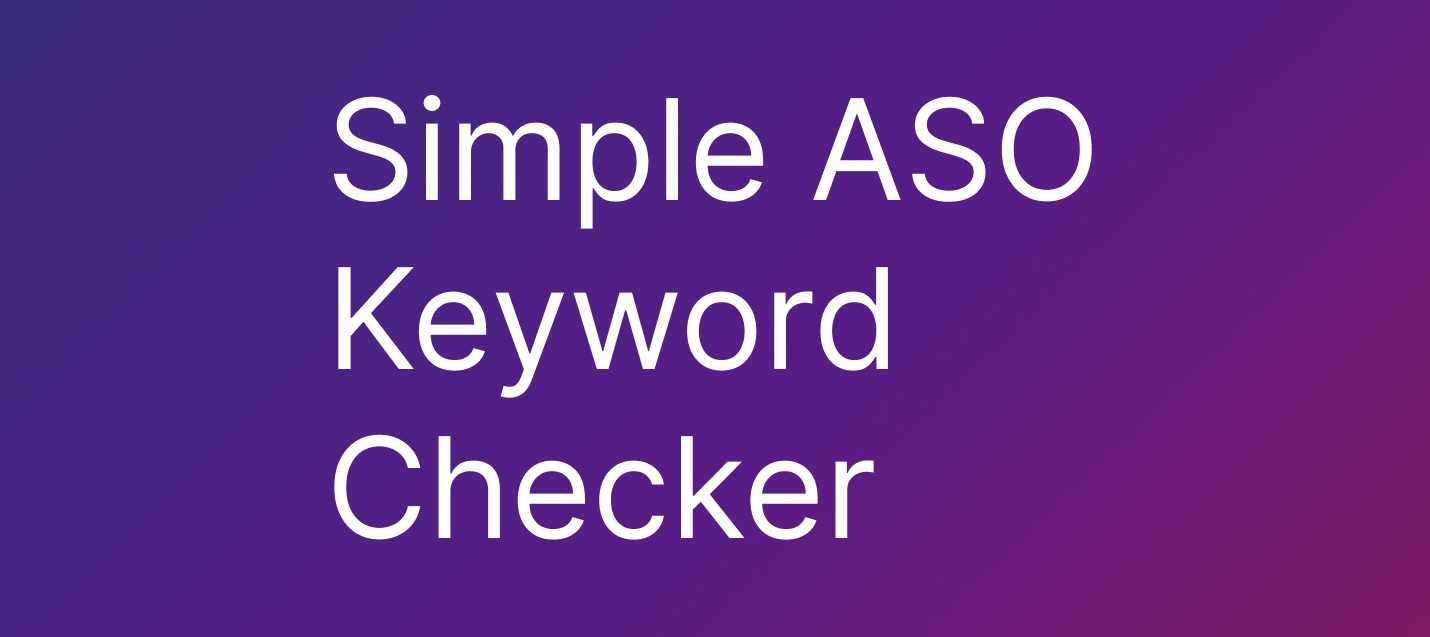We've previously shared our thinking on the subject of Vibe Coding and discussed the essential tools and services that complement AI-assisted development. However, the transformative power of Large Language Models extends far beyond just writing code. At Add Jam, we're actively exploring how we can successfully apply artificial intelligence to other aspects of our business operations, from content creation to client communications whilst maintaining the high standards our customers expect.
The key insight we've gleaned from integrating AI across our business functions is the application of the famous "80/20 rule." Rather than relying on artificial intelligence to do everything for us, we use it strategically to handle the remaining 20% of effort after we've contributed the crucial 80% of expertise, creativity and domain knowledge. This approach ensures that our work retains its authenticity and quality whilst dramatically improving our efficiency and output consistency.
Let's explore how we've successfully implemented AI across various business functions, demonstrating that the benefits of artificial intelligence extend well beyond the development environment.
Transforming content creation with AI-assisted blog writing
The very blog post you're reading right now exemplifies our approach to AI-enhanced content creation. We don't simply ask an AI to write our blog posts from scratch – that would result in generic, soulless content that lacks the personality and expertise that makes Add Jam's voice distinctive. What would the point of that be? It would only serve to feed the Dead Internet Theory. Instead, we employ a process that leverages AI to enhance and refine our human-generated content.
Our blog writing process begins with us doing the heavy lifting. We brainstorm topics based on our real-world project experiences, industry insights and the challenges our clients face. We outline the structure, identify key points and write the substantial majority of the content ourselves. This ensures that every blog post contains genuine insights from our lived experiences rather than regurgitated information that could come from anywhere.
Where AI becomes invaluable is in the refinement stage. Once we've written the core content, we turn to Raycast – our preferred interface for accessing LLMs – with a carefully crafted 'preset' that we've developed specifically for our blog writing workflow. A preset is effectively the opening prompt for the chat. In regards to blog writing our Raycast preset includes detailed information about Add Jam's brand voice, our target audience of CTOs and technical decision-makers and the specific markdown format and frontmatter structure that our blog requires.
The preset also contains examples of our preferred writing style, tone guidelines that emphasise our friendly yet authoritative approach and technical details about our SEO requirements. When we feed our draft content through this preset, the AI helps us with crucial but time-consuming tasks: proofreading for grammatical errors, suggesting improvements to sentence structure, enhancing readability and most importantly for someone like myself, fixing my horrendous spelling mistakes that always seem to creep in.
This approach allows us to maintain our authentic voice whilst ensuring that every blog post meets professional publishing standards. The AI doesn't replace our expertise or creativity – it amplifies it by handling the tedious editing tasks that would otherwise consume hours of our time.
Streamlining proposal creation
Proposal writing is a tedious but critical part of the business development process. It has to be one of the most time-intensive activities we undertake. Each proposal is tailored to the specific client's requirements, industry context and project scope.
In the time before LLMs our process worked well. We maintained document templates with consistent typography, fonts and tone guidelines. We also have a bank of templated sections for the more standardised content such as team overview, project case studies and company overview. Even with these templates, creating a compelling, personalised proposal could easily consume an entire day or more of focused work.
Our AI-enhanced proposal process has revolutionised this workflow whilst maintaining the bespoke quality that wins us projects. We begin each proposal the traditional way, thoroughly researching the potential client, understanding their specific challenges and crafting a tailored approach that addresses their unique requirements. This forms the critical 80% of our effort – the strategic thinking, technical expertise and customised solutions that only human experience can provide.
Once we've developed the core content and structure, we again employ a specific Raycast preset that has been designed for proposals. This preset understands our company's capabilities, our preferred proposal structure and the professional tone that resonates with our target clients. The AI assists with refining language for clarity and impact, ensuring consistent formatting across sections, suggesting improvements to flow and readability and identifying areas where we might strengthen our value proposition.
This approach has reduced our proposal creation time significantly whilst actually improving the quality and consistency of our submissions. We're able to respond to more opportunities without compromising on the personalised attention that sets our proposals apart from our competitors.
Crafting compelling marketing blurb for different platforms
When we ship applications and digital products, one of the most important aspects of a successful launch is creating compelling marketing copy that effectively communicates the value proposition to different audiences across various platforms. This task presents unique challenges: different platforms have varying character limits, distinct audience expectations and specific tone requirements that need to be carefully considered. For example the audience of Hacker News has very different expectations to LinkedIn which is very different from a post on BlueSky.
Or another important example App Store descriptions require concise yet compelling copy that highlights key features whilst remaining searchable. Product Hunt listings need to generate excitement and encourage engagement within that platform's startup-focused community. Social media posts need to capture attention in crowded feeds whilst driving traffic to the product. Each platform demands a slightly different approach, yet the core message must remain consistent.
Our AI-enhanced blurb creation process begins with defining the core message and value proposition of the product. We identify the key benefits, target audience and primary differentiators based on our deep understanding of the product development process and market positioning. This foundational work represents the crucial strategic thinking that AI cannot replicate.
Once we've established this core message, we use AI to help us adapt and refine it for different platforms and audiences. We provide the AI with specific platform requirements – character limits, style guidelines, typical audience expectations – and ask it to help us craft variations that maintain our core message whilst optimising for each platform's unique characteristics.
This approach ensures that our marketing copy maintains consistency across platforms whilst being perfectly tailored for each specific context. The LLM helps us experiment with different phrasings, identify the most impactful language and ensure that we're making the most of limited character counts without sacrificing clarity or persuasiveness.
Enhancing system design with AI-powered architecture documentation
System design and architecture documentation has always been a critical aspect of software development projects. Creating clear, comprehensive documentation that accurately represents complex system relationships requires significant time and attention to detail. Creating UML diagrams and schemas is time consuming and is an iterative process. It really helps lead to successful project delivery and helps with ongoing maintenance.
We've found that AI can be particularly valuable in this area, serving as a sort of "rubber duck" - helping us think through complex architectural decisions whilst automating the creation of visual documentation. Our approach, which we've detailed in our previous blog post about AI and system design, leverages AI to help us create Mermaid diagrams that clearly illustrate system architecture and component relationships.
The process begins with us defining the system requirements, identifying key components and mapping out the relationships between different parts of the system. This requires deep technical knowledge and experience with the specific technologies we're implementing – Ruby on Rails applications, React Native mobile apps or TypeScript-based web applications.
Once we've established the basic architecture, we use AI to help us refine our system design documentation. We describe our architecture in natural language to the AI, which then helps us identify potential issues, suggest improvements and most valuably, generate Mermaid diagram code that creates clear, professional visualisations of our system design.
This approach has dramatically improved the quality and consistency of our technical documentation whilst reducing the time required to create comprehensive system design documents. Our clients receive clearer documentation, our development team has better reference materials and we're able to identify potential architectural issues earlier in the development process.
Agent Mode - What is coming next?
Our current approach to using AI within our business has been a success and given us confidence to explore more advanced applications of artificial intelligence in our business operations. The next frontier we're actively preparing to implement involves asynchronous AI agents – autonomous systems that can work independently on specific tasks whilst we focus on higher-level strategic work.
We're particularly excited about the potential for AI agents to assist with code reviews, automatically identifying potential issues, suggesting improvements and ensuring consistency with our coding standards across Ruby on Rails and React Native projects. Similarly, we're exploring how AI can help improve test coverage by automatically identifying areas of our codebase that lack adequate testing and suggesting appropriate test cases.
Bug fix assistance represents another promising area where AI agents could provide significant value. As tickets are raised we hope to apply AI agents to suggest potential solutions and even implement simple fixes for common issues and raise a PR for us to review. This allows our developers to focus on more complex problem-solving but still have final approval on what gets merged to production.
Product release management is another area where AI agents could streamline our processes. From automating release notes generation to coordinating deployment there are numerous opportunities to reduce manual overhead whilst maintaining the quality controls that ensure successful releases.
Learning from the wider business community
The rapid advancements in AI capabilities means that staying current with best practices and innovative approaches requires active engagement with the broader community of practitioners. We're always eager to share our experiences and learn from others who are successfully integrating AI into their workflows.
We're particularly interested in connecting with other businesses that are taking a thoughtful, strategic approach to AI integration rather than simply jumping on the latest trend. The 80/20 principle we've adopted seems to resonate with many forward-thinking companies that want to leverage AI's capabilities whilst maintaining the human expertise and creativity that drives real business value.
If you're experimenting with AI in your business operations, we'd love to hear about your experiences. What approaches have worked well for your team? Where have you encountered challenges or unexpected benefits? How are you measuring the impact of AI integration on your productivity and output quality?
For those interested in contributing to a broader understanding of practical AI applications, Kenny Fraser from Sunstone Communications is currently running "Project Two" – an initiative designed to collect real-world stories of how AI is being actively applied across different industries and business functions. This kind of knowledge sharing is essential for helping the entire business community learn from each other's successes and challenges as we navigate this transformative technology landscape.
Apply AI in your workflows
Our experience integrating AI across multiple business functions has taught us several important lessons that other businesses might find valuable. The 80/20 principle isn't just a catchy phrase – it's a practical framework that ensures AI enhances rather than replaces human expertise and creativity.
Successful AI integration requires careful consideration of where artificial intelligence can provide the most value without compromising the quality or authenticity of your output. In our case (as of June 2025), AI excels at tasks like proofreading, formatting, adaptation for different contexts and documentation generation, whilst human expertise remains essential for strategic thinking, creative problem-solving and understanding client needs.
The importance of well-crafted presets and prompts cannot be overstated. Generic AI interactions rarely produce satisfactory results, but carefully designed prompts that include context about your business, audience and quality standards can produce remarkably helpful output that genuinely improves your workflow efficiency.
Perhaps most importantly, AI integration should be viewed as an ongoing process of experimentation and refinement rather than a one-time implementation. As AI capabilities continue to evolve and as you gain experience with different applications, your approach will naturally develop and improve.
As you consider implementing AI in your own workflows ask yourself:
-
How much of each task could you fully trust AI to handle? Be honest about where AI can genuinely add value versus where human oversight remains essential. The sweet spot often lies in AI handling the mechanical aspects whilst you focus on strategy and creativity.
-
Are you limiting yourself to built-in tools? Don't just rely on integrated solutions like GitHub Copilot or Apple Intelligence. There's a vast ecosystem of AI tools available – from Raycast presets to specialised applications – so take time to find something that genuinely works for your specific workflows and requirements.
-
Are you exploring beyond the market leader? Whilst GPT might be the most recognised name, there's a host of other language models worth experimenting with. At the moment, we're finding Claude 4 Sonnet particularly effective for most of our tasks, but we regularly test other models to see what works best for different types of work.
Ready to explore AI integration in your business?
Whether you're a startup looking to develop your first mobile application or an established business considering how AI might enhance your operations the key is to start with clear objectives and realistic expectations. At Add Jam, we'd be delighted to discuss how our experience with AI-enhanced development and business processes might benefit your next project. Let's grab a chat, book a time that suits you on our Calendly.





